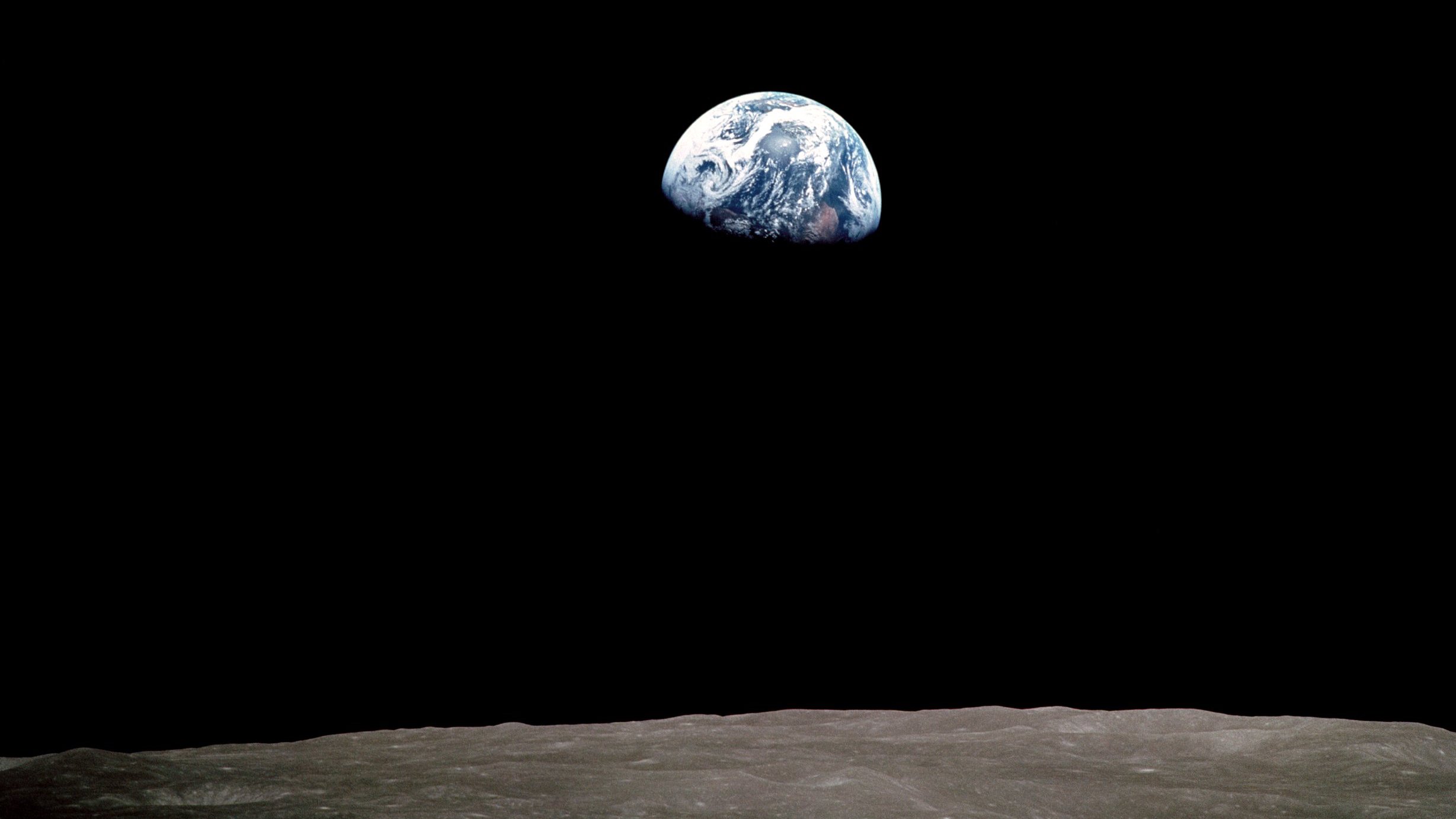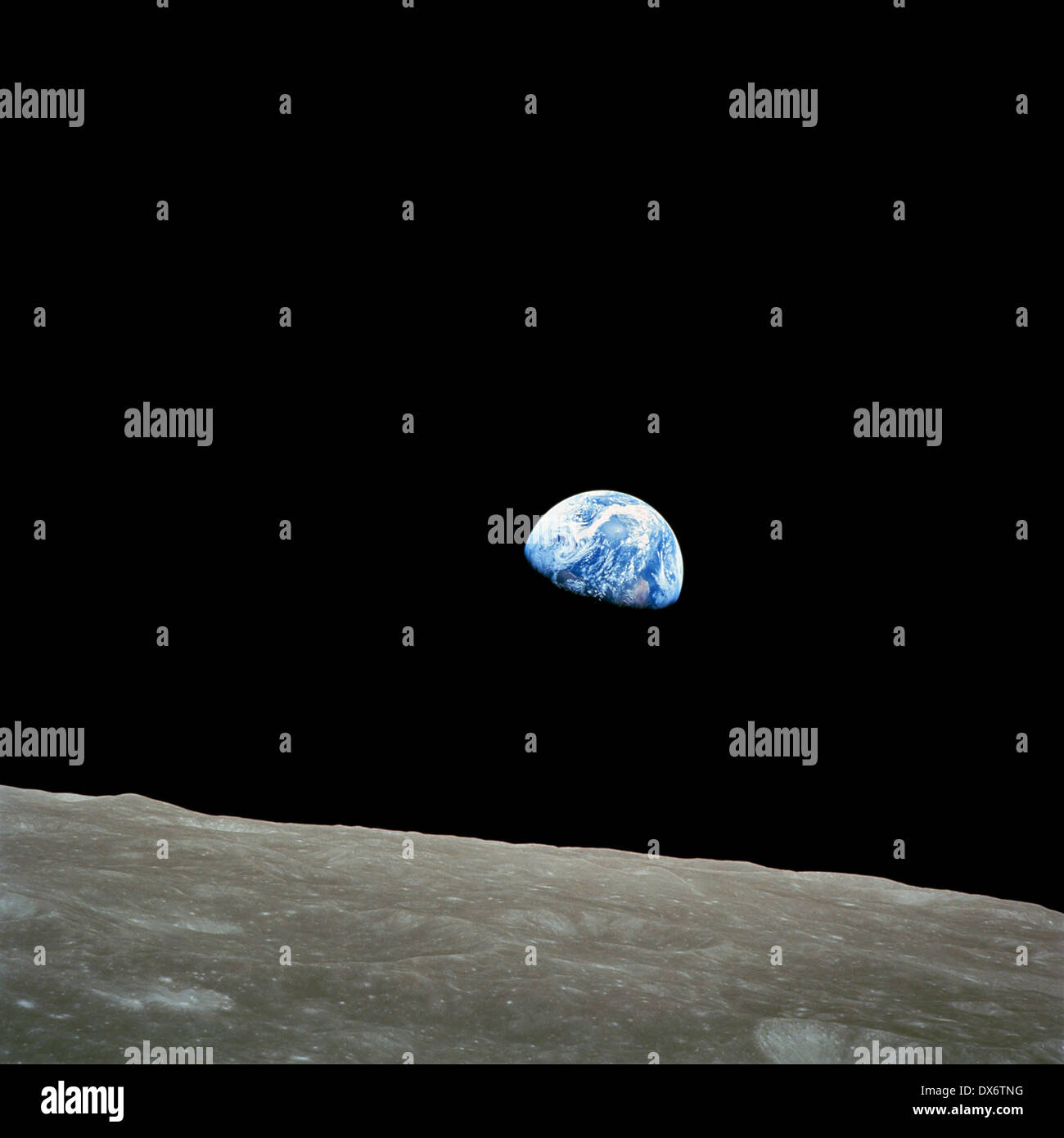Who is William Anders? He was the Apollo 8 astronaut who captured the iconic "Earthrise" photograph.
Editors note: "William Anders: Apollo 8 Astronaut Who Captured 'Earthrise'" was published today. As it has attracted a lot of attention, we decided to dig into who William Anders is and why he is important. After doing some analysis, digging through the information that is available and putting this "William Anders: Apollo 8 Astronaut Who Captured 'Earthrise'" guide together, we hope you find it helpful as we explore the topic further.
William Anders was born in Hong Kong in 1933. He graduated from the United States Naval Academy in 1955 and became a Navy pilot. In 1963, he was selected to be an astronaut by NASA. Anders was the lunar module pilot on the Apollo 8 mission, which was the first crewed mission to orbit the Moon. On December 24, 1968, Anders took the now-famous "Earthrise" photograph, which shows the Earth rising above the Moon's horizon. The photograph became an iconic image of the environmental movement and helped to raise awareness of the fragility of our planet.
Anders retired from NASA in 1969 and went on to have a successful career in business. He is the author of the book "Zero Gravity: My 25 Years as an Astronaut" and is a recipient of the Presidential Medal of Freedom.
| Feature | William Anders |
|:---|:---:|
| Born | 1933 |
| Birth Place | Hong Kong |
| Alma Mater | United States Naval Academy |
| Years at NASA as Astronaut | 1963-1969 |
| Apollo Mission | Apollo 8 |
| Achievement | Captured the iconic "Earthrise" photograph and the first human see the dark, backside of the Moon. |
Would you like to know more about William Anders? You can find more information:
FAQ
The historic Apollo 8 mission, where astronauts Frank Borman, Jim Lovell, and William Anders became the first humans to orbit the Moon, captured the iconic "Earthrise" photograph. This image had a profound impact on the world, fostering environmental consciousness and inspiring awe in countless individuals.

Apollo 8 Earthrise Picture - The Earth Images Revimage.Org - Source www.revimage.org
Question 1: What was the significance of the "Earthrise" photograph?
The "Earthrise" photograph, taken by William Anders during the Apollo 8 mission, holds immense significance. It depicted the Earth as a vibrant blue orb against the desolate lunar landscape, highlighting the fragility and beauty of our planet. This image became a powerful symbol of the environmental movement, emphasizing the need to protect and preserve our home.
Question 2: How did the Apollo 8 mission contribute to scientific understanding?
The Apollo 8 mission provided valuable scientific data. It allowed scientists to study the Moon's surface in unprecedented detail, gather information about the lunar environment, and conduct experiments that deepened our understanding of space exploration.
Question 3: What were the technical challenges encountered during the Apollo 8 mission?
The Apollo 8 mission faced several technical challenges. The spacecraft experienced communication issues, a malfunctioning engine, and a computer error. However, through the ingenuity and expertise of the astronauts and ground control, these challenges were overcome, ensuring the success of the mission.
Question 4: How did the Apollo 8 mission pave the way for future space exploration?
The Apollo 8 mission played a crucial role in advancing space exploration. It demonstrated the feasibility of human spaceflight beyond Earth's orbit, tested critical systems for future lunar landings, and provided valuable lessons for subsequent missions.
Question 5: What were the lasting impacts of the Apollo 8 mission on human consciousness?
The Apollo 8 mission had a profound impact on human consciousness. The "Earthrise" photograph shifted perspectives on our place in the universe, fostering a sense of global unity and inspiring environmental stewardship.
The Apollo 8 mission continues to captivate and inspire generations. Its legacy as a testament to human ingenuity, scientific discovery, and the power of imagery remains unparalleled.
Continued Reading: Explore more about the Apollo 8 mission.
Tips by William Anders: Apollo 8 Astronaut Who Captured 'Earthrise'
In 1968, astronaut William Anders captured the iconic "Earthrise" photograph during the Apollo 8 mission. His experiences and insights offer valuable lessons for aspiring photographers and image-makers:
Tip 1: Seek High Vantage Points
Anders's position on the moon provided him with an unparalleled perspective, allowing him to capture the Earth's spherical shape and its place in the vastness of space. Similarly, photographers should strive for elevated positions, such as tall buildings or mountains, to gain a broader view and create more striking images.
Tip 2: Experiment with Composition
The "Earthrise" photograph is a testament to Anders's meticulous attention to composition. He positioned the Earth in the center of the frame, creating a balanced and harmonious image. Photographers should explore different compositional techniques, such as the rule of thirds and leading lines, to enhance their images.
Tip 3: Capture the Unexpected
Anders's "Earthrise" photograph was not planned but a serendipitous moment. Photographers should be open to capturing unexpected and fleeting moments that tell compelling stories. By being observant and responsive to their surroundings, they can create unique and memorable images.
Tip 4: Consider the Context
The "Earthrise" photograph transcends its visual appeal to serve as a powerful reminder of our planet's fragility and our responsibility to protect it. When creating images, photographers should consider the context in which they are taken and strive to convey a message or evoke emotions through their work.
Summary
William Anders's tips emphasize the importance of vantage point, composition, spontaneity, and context in photography. By applying these principles, image-makers can create stunning and meaningful images that inspire and captivate viewers.
William Anders: Apollo 8 Astronaut Who Captured 'Earthrise'
William Anders, an Apollo 8 astronaut, played a pivotal role in capturing the iconic 'Earthrise' photograph in 1968, a defining moment in human space exploration.

Earthrise, planet Earth photograph taken by astronaut William Anders - Source www.alamy.com
- Astronaut: Anders' expertise and dedication as an Apollo 8 crew member.
- Photographer: His keen eye and technical skills in capturing the 'Earthrise' image.
- Explorer: The lunar orbit mission represented a significant step in humankind's exploration of space.
- Environmentalist: The 'Earthrise' photograph became a powerful symbol of environmental awareness.
- Pioneer: Anders' contribution to space exploration paved the way for future missions and discoveries.
- Innovator: His 'Earthrise' image revolutionized how we perceive our planet and the vastness of space.
These aspects highlight Anders' multifaceted role in the Apollo 8 mission. His 'Earthrise' photograph not only captured a stunning celestial spectacle but also transformed our understanding of Earth's place in the universe, inspiring generations to come.

Astronaut William Anders who captured iconic 'Earthrise' image dies in - Source news.sky.com
William Anders: Apollo 8 Astronaut Who Captured 'Earthrise'
William Anders, an Apollo 8 astronaut, captured the iconic "Earthrise" photograph on December 24, 1968, during the mission's orbit around the Moon. This image became a defining moment in human history, offering a stunning and unprecedented view of our planet from space.

Astronaut William Anders who captured iconic 'Earthrise' image dies in - Source news.sky.com
The "Earthrise" photograph had a profound impact on the world. It helped to foster a sense of global unity and environmental awareness, reminding people of the fragility and beauty of our planet. The image also inspired numerous works of art, music, and literature, and it continues to be a symbol of human exploration and achievement.
Beyond its aesthetic and symbolic significance, the "Earthrise" photograph has also had a practical impact. It has been used by scientists to study the Earth's atmosphere and climate, and it has helped to inform policy decisions on environmental protection. The image has also been used in educational settings to teach children about the Earth and its place in the universe.
| Aspect | Connection to "Earthrise" |
|---|---|
| Historical Significance | Iconic image that marked a key moment in human space exploration |
| Environmental Impact | Promoted awareness of Earth's fragility and inspired environmentalism |
| Scientific Value | Used for studying Earth's atmosphere and climate |
| Educational Impact | Teaches children about Earth and its place in the universe |